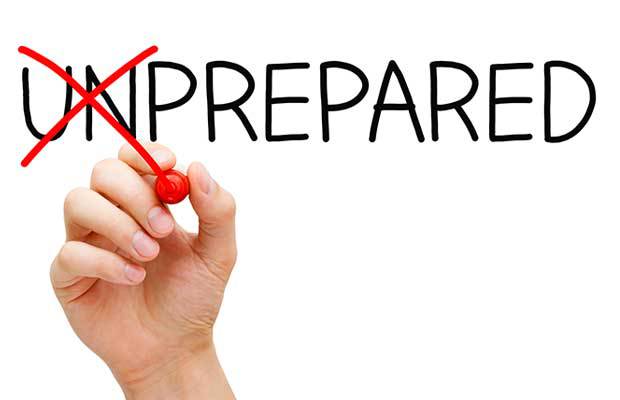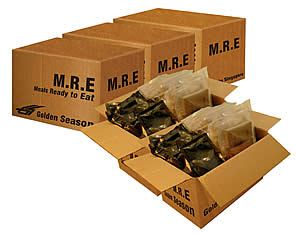Food Storage Lies, Myths and Tips
When most people think of long term food storage, pantries filled with canned goods is what often comes to mind. However, we have to be very careful with what we store and buy. Things are not always what they seem when it comes to food storage many products claim to be made with the famed 25 year shelf life, but start to read the label and you will find ingredients that will not last more than 2-3 years. This article will teach you what to look for.
When looking at long term food storage, you must first look at the ingredients. Can you pronounce every ingredient? Do you see words like hydrogenated, hydrolyzed, or Mono-sodium Glutamate (MSG)? These words, along with many others indicate artificial flavorings, colorings, and preservatives that can be very harmful to your body, not to mention unstable.
Read the label
If you have bought food go grab it and lets look at the label. If you see things like cake flour it only has a shelf life of 8 months to a year. Keep looking, do you see soy bean oil, canola oil, hydrogenated oils or hydrolyzed syrup? Those all have a shelf life of only a year or two, yet they are being sold as 25 year food storage! Don’t forget to also look for things like whole eggs or dairy as well. These ingredients simply can not last as long as these food storage companies claim and you need to be aware.
To be shelf stable, there also has to be the minimum of water content in the food. The FDA suggests that dehydrated food, using any form of dehydration, must have a water content less than 7%. The problem most companies find with following this mandate is simply cost. Making sure the food actually gets under 7% of water content requires extra time, effort and power, creating a path for shortcuts to be taken which most companies do.
When shortcuts are taken, added preservatives have to be used. By putting in the hydrogenated oils, food storage manufacturers can extend the shelf life of lower quality oils such as vegetable, soy, and safflower oils. These oils have a natural shelf life of 18 months under preferable conditions. When chemicals and artificial preservatives are introduced, they can store for several years, but they have been altered to an unhealthy form to accomplish it.
When purchasing your food, make sure you do your homework and read the label. It may literally save your life.
Finding a manufacturer that believes in using natural, shelf stable ingredients means that they don’t have to use the artificial chemicals to preserve their long term food storage. The food is just as flavorful, healthy, and nutritious as when it was originally sourced. When you are looking for good ingredients, look for real food products that have been freeze dried and prepared to last. For example things like tomato or onion powder chopped or grated vegetables. Also look for whole foods like whole beans in the food, products that contain these types of ingredients will be sure to provide you the nutrition your body will need, when you need it.
Is your food protected?
Another thing to look for is packaging, this isn’t always the easiest thing to see because many products now come in the large white buckets. While the buckets look good they are not what actually is protecting the food from the elements. When you open up the bucket you will notice that the food is individually packaged in plastic or Mylar type bags. This is crucial to long term food storage because if your packaging fails your food will spoil long before its shelf date. A few things I like to look for is the quality of the bag itself. Is it flimsy and folds easily? That’s a bad sign, look for solid, quality bags at least 5.4 mm think so it will stand the test of time. I also really like the resealable option so you can one use a little at a time and still seal off your food.
The next thing to look for when it comes to packaging is how the provider is eliminating oxygen from the food. This will again provide the product a long shelf life as well as keep it fresh. If the company only provides an oxygen eliminating pack in its product, that’s really not enough to keep the food fresh. Look for a producer that fully nitrogen flushes its food to eliminate all oxygen in each bag.
Getting your food storage doesn’t have to be difficult. Don’t make the mistake of buying from the first food storage company you see and getting food that won’t be edible in an emergency.
When most people think of long term food storage, pantries filled with canned goods is what often comes to mind. However, we have to be very careful with what we



